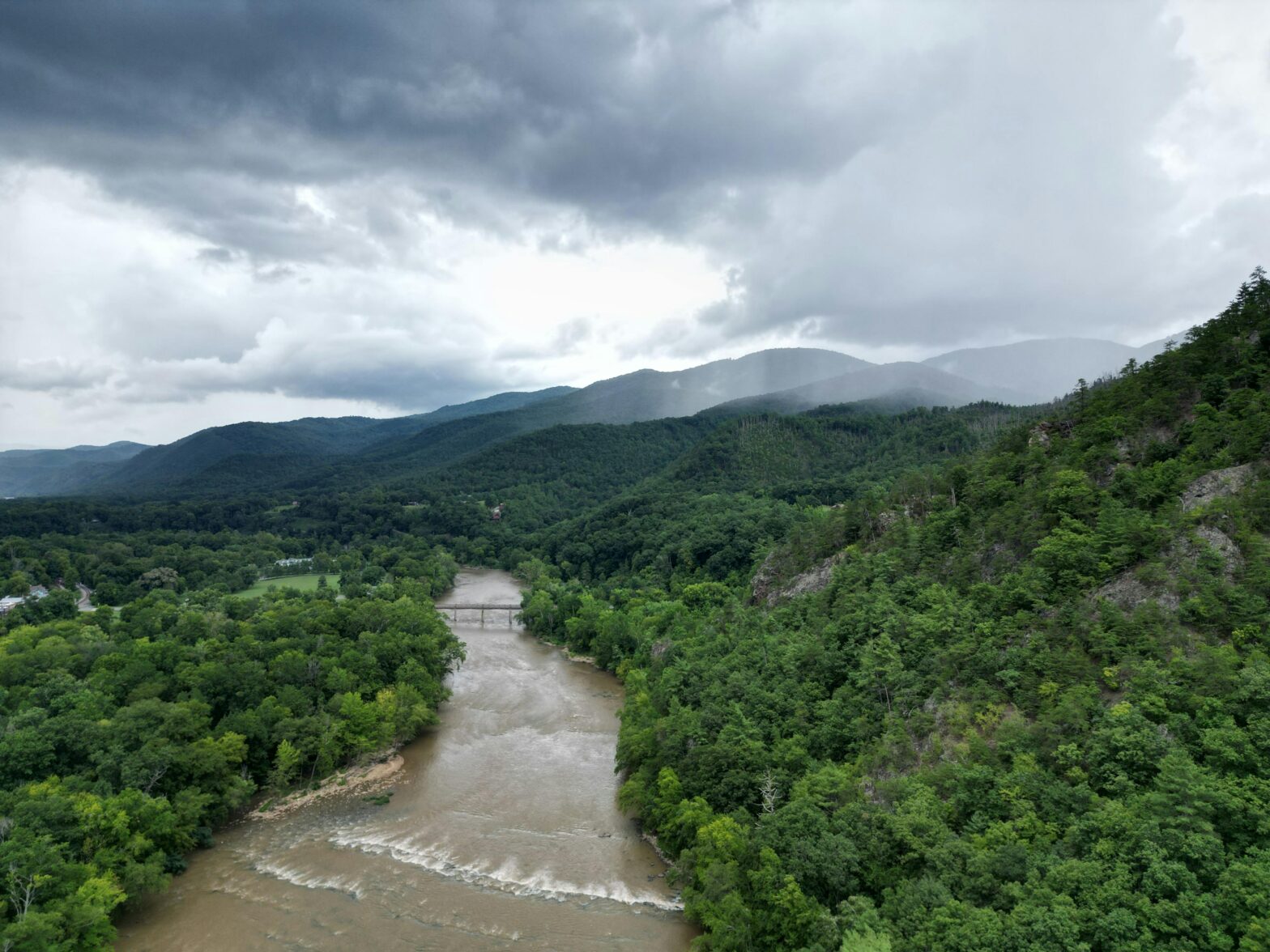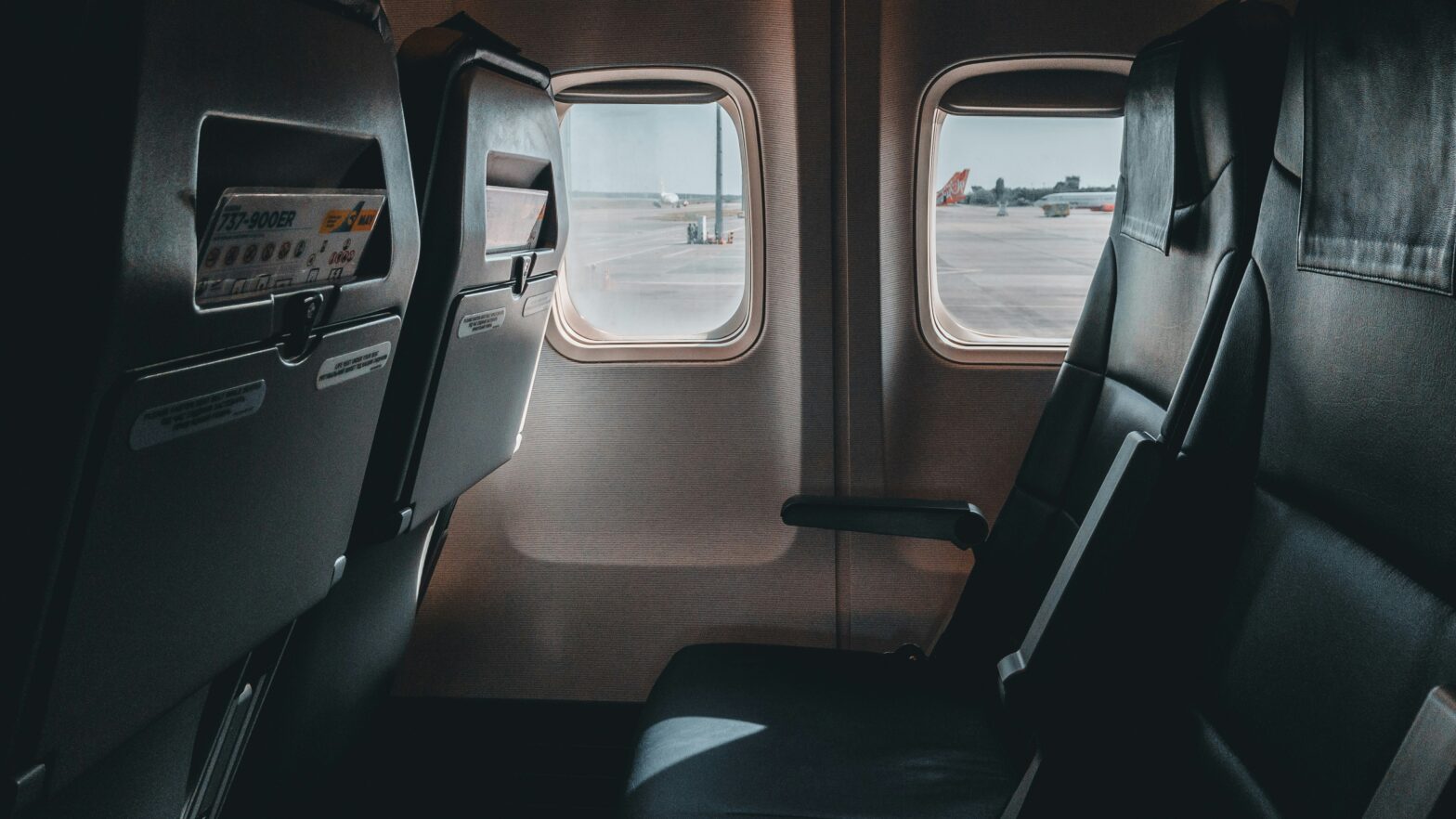Refugee camps scattered across the globe are beacons of hope for those uprooted from their homes. These crucial sanctuaries are pivotal in extending temporary – and sometimes enduring – support to displaced individuals. The UN Refugee Agency describes refugees as brave souls who flee from war, violence, conflict, or persecution, traversing international borders in search of a secure haven. In their quest for safety, they abandon their dwellings, possessions, livelihoods, and often even their loved ones. However, their journey toward a better future remains fraught with perils, and the challenges persist even within the confines of a refugee camp.
Within these refugee camps, hunger, linguistic barriers, unemployment, and limited access to healthcare plague the lives of the displaced. Astonishingly a staggering 6.6 million people, approximately a fifth of the world’s refugee population, reside within these settlements.

Kutupalong in Cox’s Bazar, Bangladesh
Bangladesh stands as the home to Kutupalong, the largest refugee camp on Earth. The camp shelters approximately 880,000 Rohingya refugees from neighboring Myanmar. These individuals sought sanctuary in 2017, escaping the relentless ethnic and religious persecution that has plagued the Rohingya. The stateless population has long been oppressed by discrimination. While the influx of Rohingya into Bangladesh has diminished compared to six years ago, families continue to flee Myanmar, albeit in smaller numbers.
Upon reaching Kutupalong, refugees encounter a fresh array of perilous trials. The camp’s densely packed bamboo and tarpaulin shelters create a tinderbox susceptible to fast-spreading fires. Furthermore, the arrival of cyclone and monsoon seasons each spring poses an ongoing threat of floods and landslides. The COVID-19 pandemic has further deepened their plight, with the local economy shuttered and supply chains disrupted.
Amid these daunting challenges, the UN WFP steadfastly strives to provide vital sustenance to the majority of Rohingya refugees. Through a range of initiatives, the organization’s efforts encompass emergency nutrition aid, livelihood support, and school meals. WFP ensures that approximately half of the refugees receive essential in-kind food assistance including staples like rice, beans, and fortified oil. The remaining half benefits from WFP e-vouchers, pre-loaded with funds enabling refugees to acquire diverse food items from WFP-contracted shops. Additionally, WFP operates learning centers in the camp, offering High-Energy Biscuits to nourish children and promote educational participation.
Kakuma Refugee Camp, Kenya
The Kakuma Refugee Camp, in northwestern Kenya, resembles a miniature city with its thatched roof huts and tents. Over 200,000 refugees, displaced by conflicts and climate catastrophes, call this sprawling camp their home. Many have endured a quarter-century or more of refuge from their strife-ridden nations. Such countries include South Sudan, Sudan, Somalia, the Democratic Republic of the Congo, Burundi, Ethiopia, and Uganda.
Life within Kakuma brings forth an unyielding series of tribulations. From dust storms and scorching temperatures to recurrent malaria outbreaks, refugees confront an unforgiving environment. Under Kenyan law, once admitted, refugees are bound to remain in the camp, causing children who arrive to grow up into adulthood within its confines. Limited by both legal constraints and inhospitable surroundings, self-sufficiency eludes the inhabitants. The hot climate renders agriculture unfeasible, while employment opportunities remain scarce, preventing refugees from securing a means to sustain themselves.
Dadaab Refugee Complex, Kenya
Comprised of three refugee camps – Hagadera, Dagahaley, and IFO – in eastern Kenya, the Dadaab Complex was initially established in 1991 as a temporary refuge for those escaping violence in Somalia. Today, under the management of UNHCR, these camps have evolved into mini-towns. They serve as vital hubs that connect northeastern Kenya with southern Somalia.
Within Dadaab and Kakuma camps, the UN World Food Programme (WFP) plays a critical role, providing a combination of cash and food assistance to over 500,000 refugees. However, a recent surge in arrivals from Somalia has placed immense strain on already stretched camps operating at full capacity. Regrettably, the available funding fails to keep pace with the growing needs, resulting in a significant shortfall. Presently, residents of Dadaab receive only 80% of their usual rations from WFP, exacerbating the challenges faced by the refugee population.
Za’atari Refugee Camp, Jordan
Since its establishment in July 2012, the Za’atari Refugee Camp stands as a stark testament to the enduring and devastating refugee crisis stemming from neighboring Syria. Today, it shelters a staggering 80,000 individuals, many of whom have known no other home than this sprawling camp.
Amidst this protracted displacement, the plight of refugee children is particularly poignant, as Za’atari represents their sole familiar abode. However, challenges abound within the camp. Merely 4% of the refugees possess work permits, and women often face exclusion from employment opportunities due to prevailing social norms. Consequently, humanitarian aid becomes an indispensable lifeline for most Syrian families in Jordan, addressing their daily needs. Yet, hunger emerges as a pressing concern, with over 80% of Syrian refugees in the country either enduring hunger or teetering on its precipice.
Stepping into the breach, the UN World Food Programme endeavors to meet the basic food requirements of nearly 500,000 refugees in Jordan, a population equivalent to that of Atlanta, Georgia. By employing cash assistance and other programs, the organization extends a crucial hand. In Za’atari, refugees receive $32 each month through e-vouchers, which can be redeemed at locally contracted shops. Nevertheless, the food security situation remains precarious. Between 2020 and 2021, the number of refugees experiencing hunger in Jordan doubled, highlighting the persisting challenges faced by this vulnerable population.
U.N. World Food Programme Extends Aid to Refugees and Displaced Communities
Millions of lives teeter on the edge of survival, and it is the U.N. World Food Programme (WFP) that offers a lifeline in the face of dire circumstances. When crisis strikes and starvation looms large, the organization’s timely intervention becomes a beacon of hope, rescuing people from the brink of despair.
At every juncture of their arduous journey to safety, UN WFP stands beside refugees, providing crucial assistance. Refugee camps serve as vital stepping stones along this path, offering a temporary sanctuary for those uprooted from their homes.





